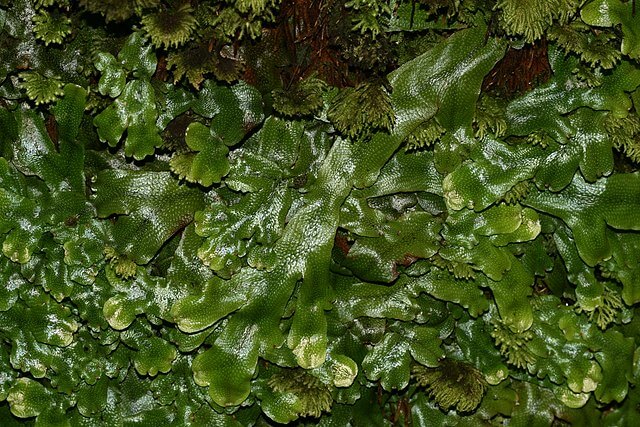
A new red list evaluating the conservation status of bryophytes, which encompass mosses, liverworts, and hornworts, reveals that nearly one-fifth of these plant species in Great Britain are facing the threat of extinction. The red list, published in the Journal of Bryology, adopts the criteria and categories established by the International Union for Conservation of Nature. Dr. Des Callaghan, a bryophyte specialist and the study’s author, meticulously evaluated all 1,097 bryophyte species recorded in England, Scotland, and Wales since AD1500.
Among the 1,029 species with sufficient data available, Dr. Callaghan discovered that 191 species (19%) are at risk of extinction. Within this group, 59 species are critically endangered, 52 are endangered, and 80 are vulnerable. The four hornwort species assessed did not exhibit threats. Of the species on the list, 139 (73%) are mosses, while 52 (27%) are liverworts.
The assessment, funded by Natural England, also provides strong evidence that four species have become extinct in Great Britain due to the destruction of their habitats. Dr. Callaghan further suggests that an additional 20 species may also be extinct, pending further investigations to confirm their status.
Dr. Callaghan highlights the incredible diversity and beauty of bryophytes, emphasising that Britain possesses one of Europe’s most abundant bryophyte floras. These plants have thrived for approximately 500 million years and were the pioneering colonisers of land.
The study’s author, Dr Des Callaghan, a consultant specialised in bryophytes, said “One of the main things that needs to be done to conserve our threatened species is the identification, safeguarding and management of their most important sites,”, adding that “this is being done, but much more effort is needed”.
Dr Rory Hodd, an independent botanist and ecologist specialising in bryophytes, said: “Red lists such as this one fulfil an essential role in identifying the species in need of conservation action, and highlighting that action is urgently needed.”
While the findings may not be unexpected given the compromised state of nature in Britain and the numerous threats to habitats and species, they are nevertheless deeply concerning. This decline reflects a broader pattern of biodiversity loss across Britain and Europe. A study conducted in 2019, co-authored by Dr. Callaghan, discovered that 22.5% of all European bryophyte species were at risk of extinction.
Various factors contribute to these changes, notably habitat loss, degradation, and fragmentation, as well as air pollution and climate change. These findings underscore the urgent need for conservation efforts to mitigate the threats faced by bryophytes and other vulnerable species in the region.
——————————————————————————
At Natural World Fund, we are passionate about stopping the decline in our wildlife.
The declines in our wildlife is shocking and frightening. Without much more support, many of the animals we know and love will continue in their declines towards extinction.
When you help to restore a patch of degraded land through rewilding to forests, meadows, or wetlands, you have a massive impact on the biodiversity at a local level. You give animals a home and food that they otherwise would not have had, and it has a positive snowball effect for the food chain.
We are convinced that this is much better for the UK than growing lots of fast-growing coniferous trees, solely to remove carbon, that don’t actually help our animals to thrive.
This is why we stand for restoring nature in the UK through responsible rewilding. For us, it is the right thing to do. Let’s do what’s right for nature!
Support our work today at https://naturalworldfund.com/ and join in the solution!

